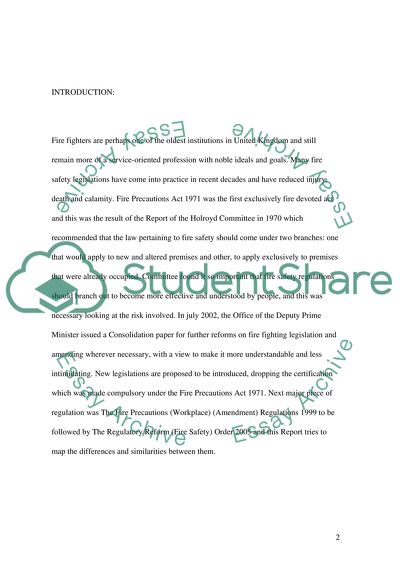Cite this document
(“Fire Safety Legislations Essay Example | Topics and Well Written Essays - 1500 words”, n.d.)
Fire Safety Legislations Essay Example | Topics and Well Written Essays - 1500 words. Retrieved from https://studentshare.org/miscellaneous/1504875-fire-safety-legislations
Fire Safety Legislations Essay Example | Topics and Well Written Essays - 1500 words. Retrieved from https://studentshare.org/miscellaneous/1504875-fire-safety-legislations
(Fire Safety Legislations Essay Example | Topics and Well Written Essays - 1500 Words)
Fire Safety Legislations Essay Example | Topics and Well Written Essays - 1500 Words. https://studentshare.org/miscellaneous/1504875-fire-safety-legislations.
Fire Safety Legislations Essay Example | Topics and Well Written Essays - 1500 Words. https://studentshare.org/miscellaneous/1504875-fire-safety-legislations.
“Fire Safety Legislations Essay Example | Topics and Well Written Essays - 1500 Words”, n.d. https://studentshare.org/miscellaneous/1504875-fire-safety-legislations.


